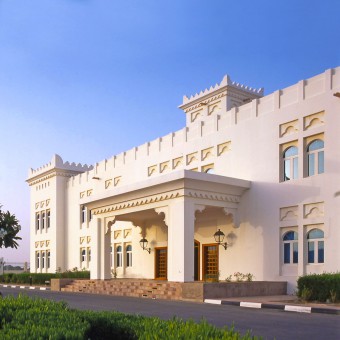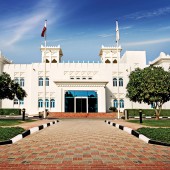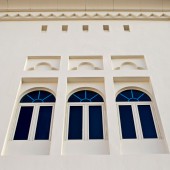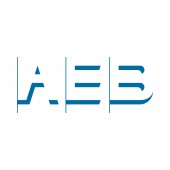Al Shaqab Building by Ibrahim Jaidah |
Home > Winners > #55198 |
 |
|
||||
| DESIGN DETAILS | |||||
| DESIGN NAME: Al Shaqab PRIMARY FUNCTION: Building INSPIRATION: This school was to serve an area of Doha which had started to grow but which so far lacked an educational infrastructure that would enable young girls to move from elementary to university level. The design inspiration draws directly from the local vernacular architecture, but its aspiration was to bring it an international recognition. UNIQUE PROPERTIES / PROJECT DESCRIPTION: The architectural concept was derived from both traditional Arab Islamic architecture as well as the function of the school. For this reason, the school was designed around a central courtyard, around which all the facilities that the students would require are located. The courtyard is the heart of the school, geographically, architecturally and socially. There is a clear distinction between public and private areas; ground floor and its courtyard are set as a public while upper floor was dormitory area. OPERATION / FLOW / INTERACTION: When this project was built, it was initially planned that this school would serve an area of Doha which had started to grow but which so far lacked an educational infrastructure that would enable children to move from elementary to university level. . As Doha developed it was deemed not only necessary but fundamental to the growth and development of both Qatar and the Gulf region to establish a centre of educational excellence, and Al Shaqab Institute became the centre of Education City, and currently is used as the headquarters for the Qatar Foundation which is responsible for the expansion of educational sector in Qatar. PROJECT DURATION AND LOCATION: The project started in January 1996 and completed in September 1997, in Doha, Qatar. FITS BEST INTO CATEGORY: Architecture, Building and Structure Design |
PRODUCTION / REALIZATION TECHNOLOGY: Al-Shaqab was designed as an air-conditioned building with external perimeter walls of 385 mm thickness with external and internal sand cement rendered plaster-works on concrete block-works that provides thermal resistance to the building. The symmetric recesses of the facade were made with GRC elements. Windows were designed with insulated double glass glazing units with blue tinted outer glass panel to reduce the heat transmission. The building is designed with referenced to IBC, BS Code, the Qatar Construction Specifications and other relevant codes of construction. SPECIFICATIONS / TECHNICAL PROPERTIES: Area of the Plot: 558187 SQ M Number of Car Parking: 160 + 12 Basement Parking Basement Floor Plan: 1600 SQ M Ground Floor Plan: 40000 SQM First Floor Plan: 40000 SQM TAGS: Architecture, Architectural Design, Heritage, Education Project, Traditional Vernacular RESEARCH ABSTRACT: The architectural designer studied traditional buildings, their design and planning. That is in addition to the analysis and coordination of their functional relations and linking them to the building. This was coupled with a study of the urban fabric such as the land uses and the study of the geographical dimension and distance. This resulted in choosing the vernacular Qatari style for the design and the location of Shaqab for the school. CHALLENGE: The greatest challenge of designing Al Shaqab, besides taking on the responsibility of building the ‘nation’s first’, was the lack of records on the Qatari traditional architecture. After the economic and social boom, which took place in 1950-1960s after the discovery and export of oil, architectural design language leaped from vernacular, abandoning its core properties of social integration, to being aesthetically pleasing and fixated on resembling international modernity of the time. What Ibrahim M. Jaidah has categorized as the ‘pre-oil architecture’, was neglected and many sites were demolished for the purpose of using the land space for more modern buildings. The architect had to carry out his own personal research for the sake of appropriate assimilation of old forms and new function. ADDED DATE: 2017-02-26 13:58:33 TEAM MEMBERS (1) : Design Architect: Ibrahim Mohamed Jaidah IMAGE CREDITS: Arab Engineering Bureau |
||||
| Visit the following page to learn more: http://bit.ly/2m63JiL | |||||
| AWARD DETAILS | |
 |
Al Shaqab Building by Ibrahim Jaidah is Winner in Architecture, Building and Structure Design Category, 2016 - 2017.· Press Members: Login or Register to request an exclusive interview with Ibrahim Jaidah. · Click here to register inorder to view the profile and other works by Ibrahim Jaidah. |
| SOCIAL |
| + Add to Likes / Favorites | Send to My Email | Comment | Testimonials | View Press-Release | Press Kit |







